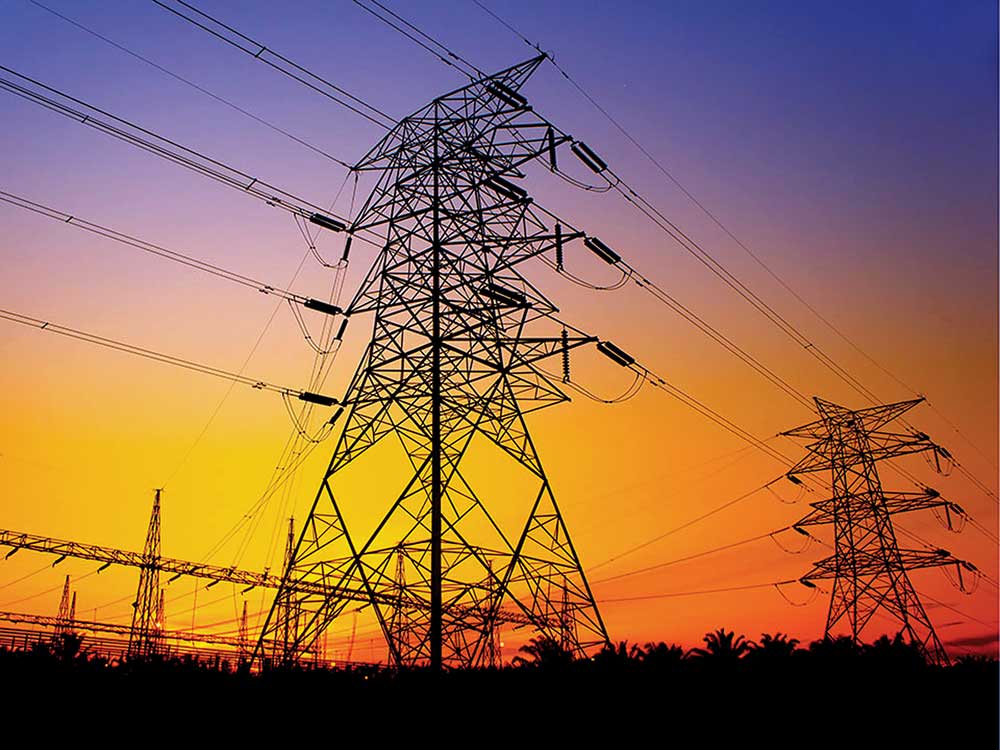The Luzon Grid may experience at least 12 weeks of yellow alerts this year based on the approved grid operating management plan (GOMP), the Department of Energy (DOE) said.
But the DOE said the GOMP does not indicate any red alerts for the grid.
Yellow alerts are issued when the level of power reserve in the grid is low, while red alerts are declared when actual power supply against demand is insufficient and power interruptions are imminent.
DOE Undersecretary Rowena Guevarra said during a briefing yesterday the GOMP forecast factors in up to 600 megawatts (MW) of capacity under forced outages.
Guevarra said the yellow alerts are seen on March 12 to 18; March 26 to April 1; April 23 to 29, the entire month of May; June 1 to 10; August 27 to September 2; October 15 to 21 and; November 19 to 25.
However, Guevarra said if 420 MW of diesel-fired power plants will be operated as needed, yellow alert may only be hoisted for one week or from April 30 to May 6.
The DOE said it is hesitant to run diesel power plants whose cost to operate is high.
The agency is instead pushing for demand-side management among consumers.
This year, Luzon Grid’s peak demand is expected to occur anytime between May 21 and 27 at 13,125 MW, the DOE added.
Guevarra said the Visayas grid may not experience any power supply deficiencies during daytime due to the presence of solar power plants.
However, it can have at least five weeks of yellow alerts during evenings in the second half of the year.
The DOE expects no power alert levels for the year in the Mindanao Grid.
In the same briefing, DOE Secretary Raphael Lotilla said demand side management is still being pursued, especially that development of additional power plants will take some time.
For this year, at least 1,074.32 MW of power plants are committed to be operational, Guevarra said.
Of that, 450 MW will be from coal, 11.04 MW from oil, 46 MW from geothermal, 7.4 MW from biomass, 418.52 MW from solar, 31.36 MW from hydro and 110 MW from wind.




